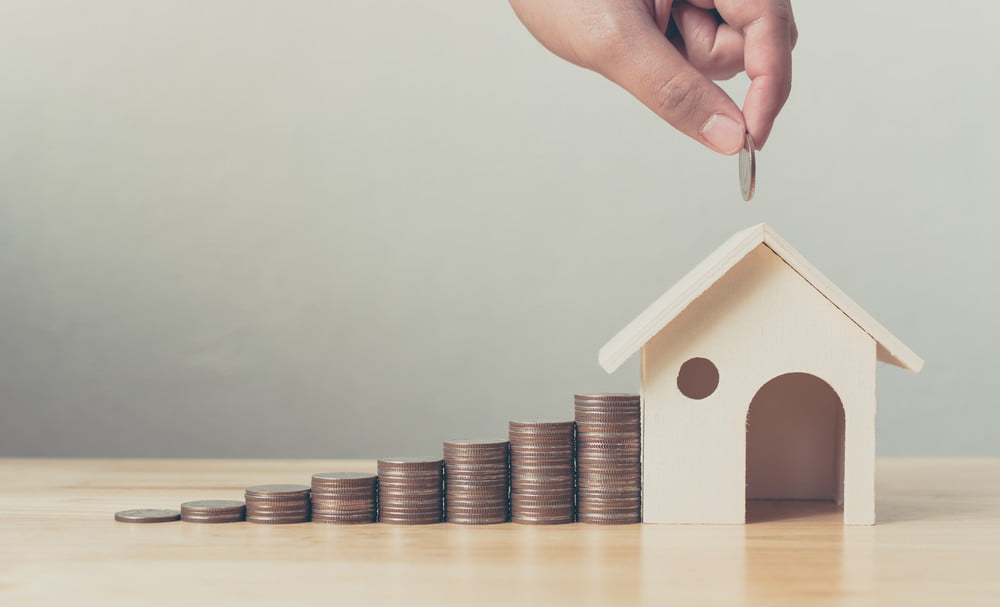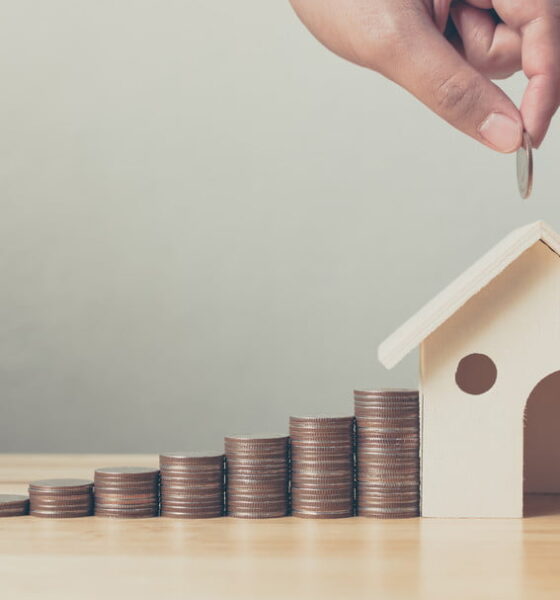

Invest
What Sustainable Real Estate Investors Look For In Properties They Buy
Investors choose the homes they buy, sell, or flip based on a variety of factors. The most crucial factor is the potential for profit, but there are additional factors that contribute equal weight to the final decision. One of those factors has to do with sustainability.
An article from Green Residential discusses several green construction methods, citing the fact that 56% of CO2 emissions in the US come from new building construction. Noting that 39% of CO2 emissions come from existing buildings, the article makes a good point, “This is the highest volume of emissions for any sector, and could be drastically reduced if builders and occupants updated their properties and had better practices.”
The updates and “better practices” center on sustainable construction. Even though a building has already been constructed, it’s never too late to incorporate aspects of sustainability. This applies to individual construction, as well as sustainable communities.
Sustainability is about more than materials
A sustainable building can be constructed with eco-friendly materials sourced locally. This eliminates the need to transport materials over long distances using excessive amounts of gasoline and other fuels. Sustainability is also about retaining the efficiency of the building’s heating and cooling systems.
Sustainable construction methods cost more upfront, but save money over time.
Renters – commercial and private – want energy efficiency
If an investor can own multiple energy efficient buildings, whether commercial or residential, they’ll have an easier time generating a stream of income from those sources.
People want to save money on their energy bills, especially when they have a large space to keep warm. It makes no difference if they use electric, propane, solar, or geothermal energy to heat their home – if the building isn’t built to be efficient, both cold and hot air will escape. This means they’ll have to run their heater or air conditioner continuously, which creates more wear and tear.
Sometimes the issue with an inefficient building isn’t money, but the wasted energy itself. Being off the grid doesn’t cost more money to heat and cool your space. However, no matter what energy source you use, it’s difficult to keep a drafty home warm.
If you’re using solar panels or a geothermal coil buried in your backyard, you still need to generate the energy to power your home. That energy can take time to generate. If your building is drafty, you can end up overtaxing your energy system trying to keep it warm. If you use appliances that hog energy, it doesn’t matter what type of energy you use, it’s going to be wasted.
What investors look for in a sustainable building
Investors interested in sustainable buildings look for the following prior to buying:
- Location of the building. A building with windows facing opposite that of the rising and setting sun is ideal. The sun sets west and rises in the east, so a building that faces north to south will generally be less exposed to the sun. In the summer, this will prevent the need to run the air conditioning constantly, which saves on energy and, of course, money.
- Energy efficient appliances. The appliances that are already installed in a residential building may not be a deal breaker, but they’re a big influence. It’s not always a big deal for an investor to switch out appliances, but it is an expense.
- Insulation. Proper insulation can’t be stressed enough as one of the most important factors that contribute to a sustainable investor’s decision to buy a property. The purpose of insulation (in the walls) is to trap both hot and cold air to maintain the temperature inside the building.Ideally, inside of an energy efficient building you can run the heater or air conditioner for a period of time, and expect the temperature to remain the same for a while. It’s normal for the temperature to gradually change, but in a poorly insulated home, it will get cold or hot rapidly.
- Insulated and sturdy window construction. Windows are not cheap to replace and can cost up to $1,000 each. Custom windows – those with unique shapes and sizes that aren’t standard – are especially expensive.
An investor wants windows that are sturdy enough to provide security in the event of a break-in, because that’s a great selling point to renters (or buyers if they’re flipping). However, more importantly, windows open a building up to enormous drafts. It’s the drafts from poorly insulated windows that often cause exorbitant heating and cooling costs.
To make a building energy-efficient and therefore sustainable, an investor might be willing to make certain improvements to the construction of the home, if they can recover their costs over time. However, efficient elements are best when implemented from the beginning, as more people are starting to realize. It’s the consumer demand for sustainability that’s driving greener construction methods, and soon, we can expect sustainable construction to be in the majority.





























